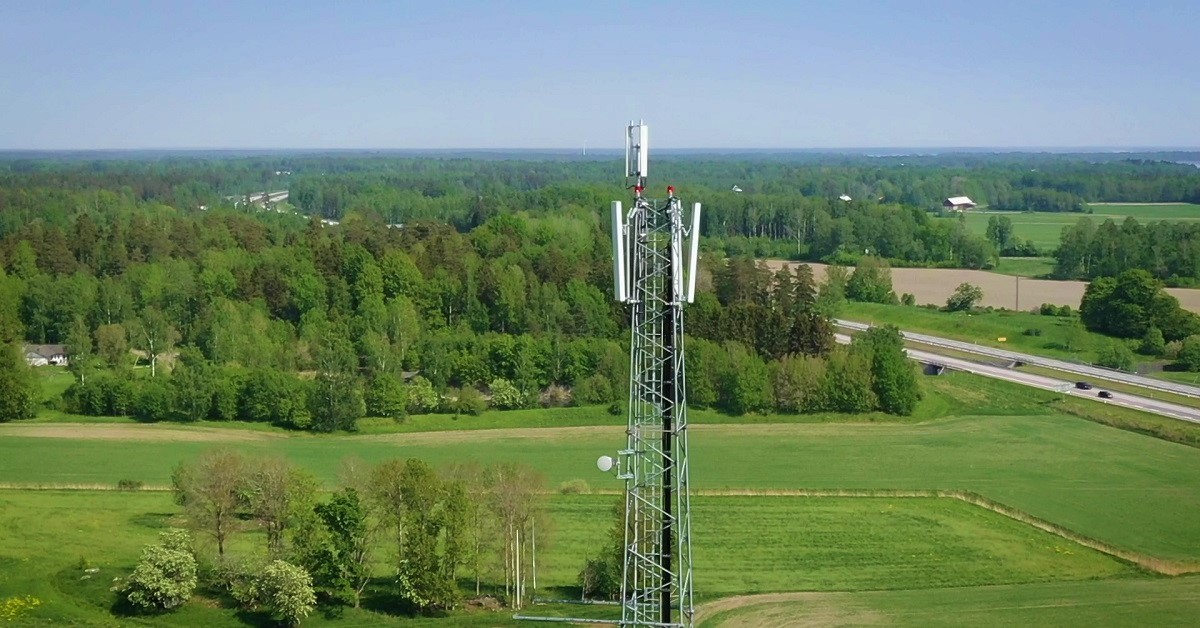How to master 5G uplink improvement with TMA
APR 19, 2021

As analyzed in our guide “Securing excellence in antenna system performance for 5G and beyond”, securing good uplink C/I is crucial for supporting the downlink in 5G. However, that’s not the only reason mobile operators and infrastructure providers need to pay careful attention to the uplink. The uplink also has an impact on how far your signals reach, especially in less dense areas.
Some operators are quick out of the gates to roll out 5G to city centers. But later, you may realize at the last second that you need more amplification to extend 5G coverage to reach more suburban and rural areas. Therefore, advance planning of uplink requirements is crucial for ensuring your rollout will continue smoothly and also that the initial impressions of network capacity will be positive.
Stay on top of the minimum uplink speeds required to support your downlink
Start by considering how you will deploy your uplink. Will you use carrier aggregation (CA), de-coupling (DC) or supplementary uplink (SUL)? Given that some of these involve running the uplink on a lower 4G band or moving all or part of the uplink to 4G, you’ll need to be tactical about how you amplify. Consider how much uplink is required to support various downlink speeds without causing significant delays:
-
1 Mbps downlink requires minimum 128 kbps in uplink
-
2 Mbps downlink requires minimum 256 kbps in uplink
-
+3 Mbps downlink requires minimum 350 kbps in uplink
If the minimum uplinks set out above are not available, the time to content will be set by the slow uplink, not the potential speed of the downlink. In addition to impacting downlink performance, uplink limitations can also degrade the dropped call rate.
Go for TMAs to extend your revenue generating area
You should also consider which form of technology is best suited for individual use cases. Multiple-Input Multiple-Output (MIMO) systems are generally more effective in city center environments with high-rise buildings because they support beam steering vertically as well. However, Tower-Mounted Amplifiers (TMAs) can be helpful in suburban or rural environments because they make it possible to reach further where larger coverage is expected.
Given that suburban and rural areas are more often neglected, this is where there is more potential for improving network capacity and the revenue generating area. TMA is also well suited for boosting performance, improving speed and adapting to any uplink/downlink frame structure.
Amplification best practice: TMAs in TDD networks typically improve the
system receiver noise figure by 2 dB + cable losses, resulting in increased
downlink throughput and decreased delays in time to content.
Compact, integrated amplification helps relieve crowded towers
CA, SUL and DC all tend to increase overall system complexity, which is already higher than ever in 5G. However, while lower frequencies like 600 MHz required larger solutions, 3.5 GHz is well suited for more compact products. This means they’re small enough to be integrated directly into the antenna, which both saves space and further improves performance.
As a result, TMA supporting the uplink on 1800 MHz and up integrated into the antenna is a cost-effective solution for 5G uplink challenges from CA, SUL and DC. This also enables the box count to be reduced. The closer to the antenna, the better amplification will be. That’s why a truly integrated antenna system including TMA is an excellent way of both improving network performance and solving the crowded tower problem.
TDD TMA – a unique solution for 5G uplink amplification
Time Division Duplex (TDD) Tower-Mounted Amplification (TMA) has been shown to be more effective in amplifying the uplink in mobile networks than other forms of amplification. In fact, TDD TMAs have been shown to increase the revenue generating area by as much 53%. Given that uplink issues have become more important than ever in 5G. At Kaelus, we have developed the world’s first TDD TMA optimized for 3.5 GHz to support 5G deployments. Learn more about our TDD TMA offering.